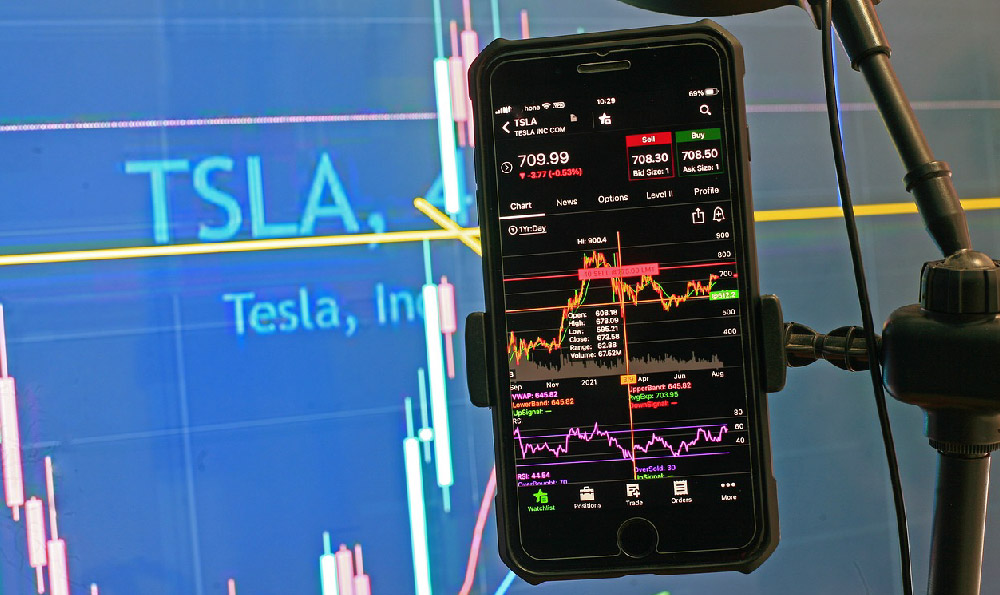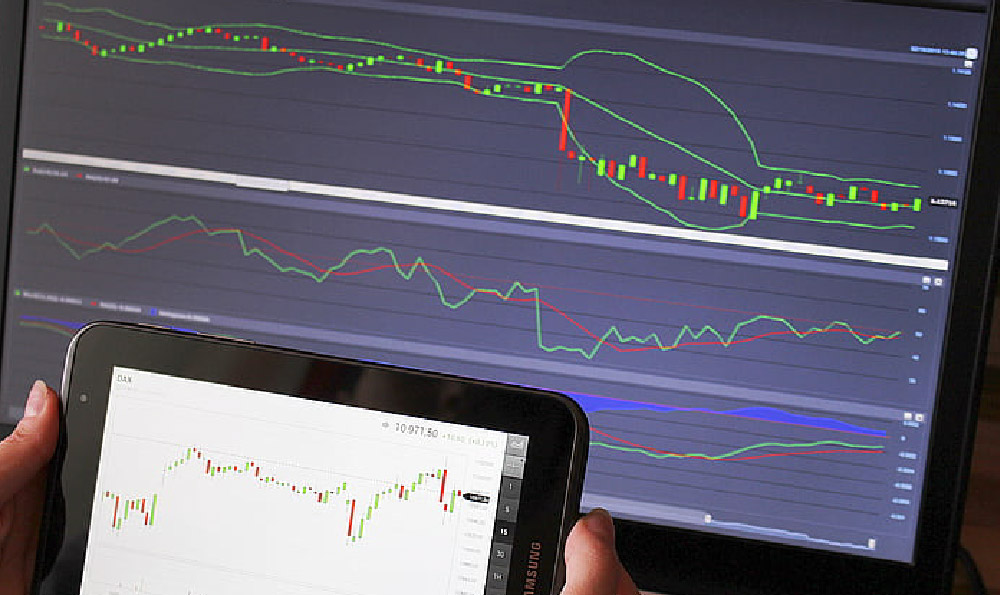In the world of e-commerce, particularly within the Amazon ecosystem, the question of how to expedite payouts often arises among sellers who seek to optimize their financial flow. While Amazon's payment system is designed to be reliable and efficient, there are certain nuances and strategies that can help minimize delays. Understanding the underlying mechanisms of Amazon's financial operations is essential, as it can provide clarity on the timelines and conditions that govern when funds are released to sellers.
Amazon's payout schedule typically depends on the type of seller account and the fulfillment model used. For example, sellers utilizing Fulfillment by Amazon (FBA) can expect their payouts to be processed within a few days of the order being fulfilled, whereas those using Fulfillment by Merchant (FBM) may experience longer waiting periods, sometimes up to 15 days. This disparity is due to the additional verification steps required for FBM orders, which can include inspecting the item before it is released to the buyer. To accelerate the payout process, sellers should prioritize adhering to Amazon's guidelines meticulously, ensuring that all products meet the platform's quality and compliance standards. This not only reduces the likelihood of disputes but also speeds up the approval of payment releases.
Another critical factor that influences payout timing is the seller's financial standing within the Amazon marketplace. Amazon utilizes a risk assessment model that evaluates sellers based on their transaction history, customer feedback, and adherence to policies. Sellers with a strong track record and positive ratings are more likely to receive faster payouts, as the platform perceives them as lower-risk participants. Conversely, those with a history of issues, such as late shipments, chargebacks, or policy violations, may face more rigorous verification processes. Maintaining a high seller performance score requires consistent effort, including timely order fulfillment, accurate product descriptions, and prompt responses to buyer inquiries.

In addition to proactive account management, sellers can explore alternative payment methods that may reduce the time it takes for funds to reach their bank accounts. Amazon offers various payout options, such as direct bank transfer, Amazon Pay (which facilitates quicker access to funds), and third-party services like PayPal or Payoneer. While these services can provide faster access to liquid cash, it is crucial to consider the associated fees and potential impact on long-term profitability. For instance, using PayPal as a payout method may result in a 2.9% transaction fee, which can be significant over time. However, for sellers who require immediate liquidity, the trade-off might be worth considering, provided they have a clear understanding of the financial implications.
Moreover, the timing of payments can be affected by external factors such as high-volume periods, holidays, or seasonal fluctuations. During these times, Amazon's systems may experience increased transaction volumes, leading to temporary delays in payout processing. Sellers are advised to plan their financial calendars accordingly, ensuring that they have adequate working capital to cover any gaps in cash flow. Additionally, staying informed about Amazon's policy updates and seasonal adjustments can help sellers anticipate potential changes in payment timelines and adjust their strategies accordingly.
To further enhance the speed of payouts, sellers can implement effective inventory management practices. Timely restocking of products and avoiding backorders can prevent the accumulation of negative feedback, which in turn may influence Amazon's payment decisions. Sellers who maintain a steady supply of high-demand items are more likely to see consistent orders, reducing the need for waiting periods between transactions. Additionally, optimizing the packing and shipping process can ensure that orders are fulfilled quickly, thereby reducing the time between sale and payment.
Finally, sellers should consider leveraging Amazon's financial tools and services to streamline their operations. The Amazon Seller App provides real-time updates on account balances, pending payments, and order statuses, enabling sellers to monitor their financial flow with greater precision. Additionally, using Amazon's referral program or developing a strong brand presence can lead to increased sales and a more favorable treatment in the marketplace. However, these strategies require a long-term commitment and consistent effort to build trust and credibility with both Amazon and its customers.
In conclusion, while Amazon's payout system is designed to be efficient, there are multiple strategies that sellers can employ to expedite the process. By adhering to guidelines, maintaining a strong seller performance score, exploring alternative payment methods, and optimizing their operations, sellers can enhance their financial flow and reduce the time it takes to receive payments. However, it is essential to strike a balance between speed and sustainability, ensuring that the pursuit of quicker payouts does not compromise long-term profitability or compliance with Amazon's policies. With careful planning and execution, sellers can navigate the complexities of Amazon's financial landscape and achieve their desired levels of liquidity and financial growth.












